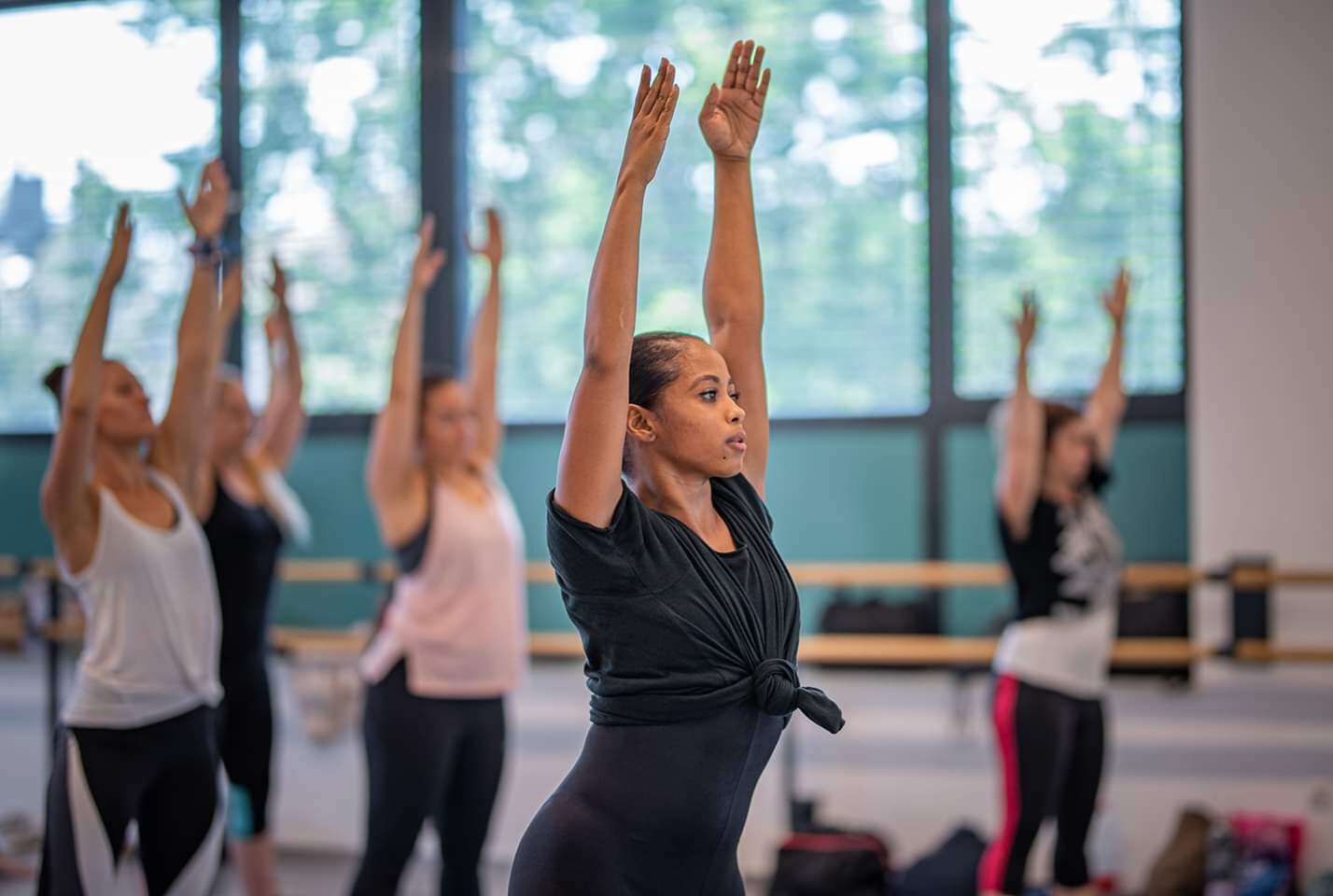
Cuban Contemporary Technique
Cuba's dance history is as diverse as its people. The fusion of European-Spanish traditions with African elements is well-known for the popular dances, like salsa, son, bolero, danzón or cha cha chá. Over the centuries of the trans-Atlantic slave trade, different ethnic groups from West and Central Africa were imported. Some of them re-established themselves in “cabildos de nación”, mutual-aid societies.
Their dances, drums and languages with specific origins became a part of the Cuban culture. Many are practiced in the sphere of religious and ritual communities, like santería, palo, arará or abakuá, others are secular, like rumba, conga or tumba francesa. Inner-Caribbean migration brought creole people and vodú dances from Haiti. Little is known about the traces the indigenous Taíno left behind or the Chinese influences from the contract workers replacing the slaves.
After the independence, Cuban music and dance were deeply influenced by the neighboring North America. Vice-versa a cultural exchange made the Caribbean culture and its stereotypes popular in the US. With the era of Modernity, Black art forms became a topic for the European bourgeoisie and the “Afro-Cubanismo” movement brought Black literature, music and dance on the post-colonial stages.
Starting point of the academic dance formation was a ballet school by the Sociedad Pro-Arte Musical with Russian teachers from Paris, opened in 1931. The most successful students, like the Alonso brothers, Alicia Alonso or Ramiro Guerra, had careers in the US, where Modern dance had emerged. New companies and private dance schools were founded in Havana. In this era, classical ballet fused with Modern and folkloric African elements and e.g. Yorùbá òrìsà took the place of a Greek pantheon.
The Socialist Revolution put a generation of artists and the nation-building dance on top of its agenda. The state-run troupes in the categories of ballet (Ballet Alicia Alonso), contemporary (Danza Contemporánea) and folkloric (Conjunto Folklórico Nacional) dance were founded and connected to scientific research institutions. The art university was built, and professional dance education was provided all over the island. A political process of folklorization shaped Afro-Cuban traditions into a national heritage. The unique, pluralistic identity of today's Cuban nation of dance has many facets to consider. All condensed into the “técnica cubana”, the Cuban Contemporary dance technique.
North American Modern (Martha Graham, Anna Sokolow, José Limón, Merce Cunningham) and European ballet met African dances and popular Cuban influences. In the island's isolation a unique form of contemporary dance developed. Cuba's profound academic training today includes composition, improvisation, partner work, theater and musical training, technical didactics, anatomy, methodology of center work, floor work, barre, total- and partial-space work.
Contraction and Release technique is combined with African spine undulation movements. The wave-like movement starts at the pelvis and moves up the torso, where it is combined with isolated body parts in a complex rhythmic coordination. The dance is polycentric: the body is not thought of as a single unit but as a combination of different parts, each one in its own rhythm, typical are head and torso isolations. Rehearsals are accompanied by live drumming. The Cuban Contemporary technique is a challenge for all dancers with ambitions!
Recommended Reading:
Suki John: Contemporary Dance in Cuba. Técnica Cubana as Revolutionary Movement. McFarland & Company, Inc., Publishers, 2012.
Katherine J.Hagedorn: Divine Utterances. The Performance of Afro-Cuban Santería. Smithsonian Books, 2001.
Robin D.Moore: Nationalizing Blackness. Afrocubanismo and artistic revolution in Havana 1920-1940. University of Pittsburgh Press, 1997.
Kristina Wirtz: Performing Afro-Cuba: Image, Voice, Spectacle in the Making of Race and History, University of Chicago Press, 2014.
Color photos on this page ©Moving Target Photo



